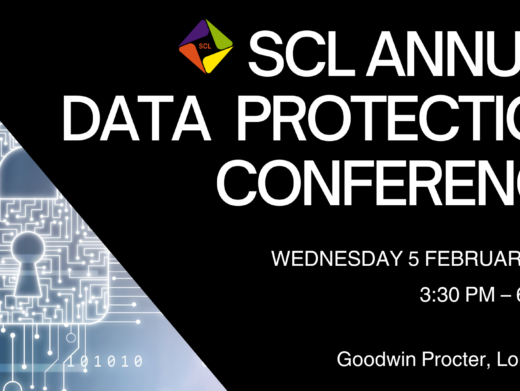This is a beautifully written and wide-ranging work which principally examines the privacy regimes that are used by celebrities (212 pp). The provisions which affect the monarch and the royal family, which are dealt with in part 3 (70 pp), are likely to be of minority interest in practice (but are actually quite fun).
The book begins appropriately by considering the key concepts: celebrity, privacy and proportionality. The short but thought-provoking analysis of ‘celebrity’ and its varying nature sets the tone – an academic approach laced with real world stories and sly wit. I approached this book with the expectation that only the material on data protection would really be of interest to SCL members but the truth is that the ‘remedies’ that might be sought by a celebrity to protect his or her privacy have to be seen in the round. The interplay between, say, breach of confidence and defamation becomes clear. (I found the reviewer’s traditional sleight of hand – reading just a snippet – too tricky for me to pull off convincingly.)
Chapters 2 to 7 cover breach of confidence, misuse of private information, copyright and image rights, protection from harassment, data protection and defamation. Chapter 8’s conclusions on the celebrity and privacy arena include the intriguing suggestion that the Information Commissioner might take a more proactive role in using monetary penalties to curb the media’s misuse of data and a leap from Prince Harry’s pool-playing partying to Shakespeare’s Henry V.
I am not sure that it reflects well on me that what makes me think this is as readable a law book as you can imagine is the way in which Professor Callender Smith balances the celebrity detail (published tasty tittle tattle, albeit sometimes emanating from HM judges) with legal analysis. There are recurring flashes of recognition which flavour one’s reading and drives one on.
I suppose the depth that has been brought to the work should be no surprise. Once a journalist, the author worked as a media law barrister for over 35 years, advising national newspaper on editors on pre-publication issues. Among his other accomplishments, he has acted as an Information Rights Judge dealing with appeals under the Freedom of Information Act 2000, Data Protection Act 1998 and Environmental Information Regulations 2004.
This is a book I enjoyed and would especially recommend for its ease of digestion. It is a pity then to end on a sour note but I have to say that the author has been badly let down by publishers who have purported to publish a book of over 500 pp when 230 pp consist of appendices devoted to source materials which are of questionable usefulness and which will inevitably become outdated. For example, the Bribery Act is set out in full (40 pp) and in such a style that s 20 of that Act (‘This Act may be cited as the Bribery Act 2010’) has a page of its own, as has sch 1, para 7 (‘The Serious Organised Crime and Police Act 2005 is amended as follows.’).
I am sure the publishers will make a better job of the second edition, which might be needed sooner rather than later as this area of law expands at quite a pace.




